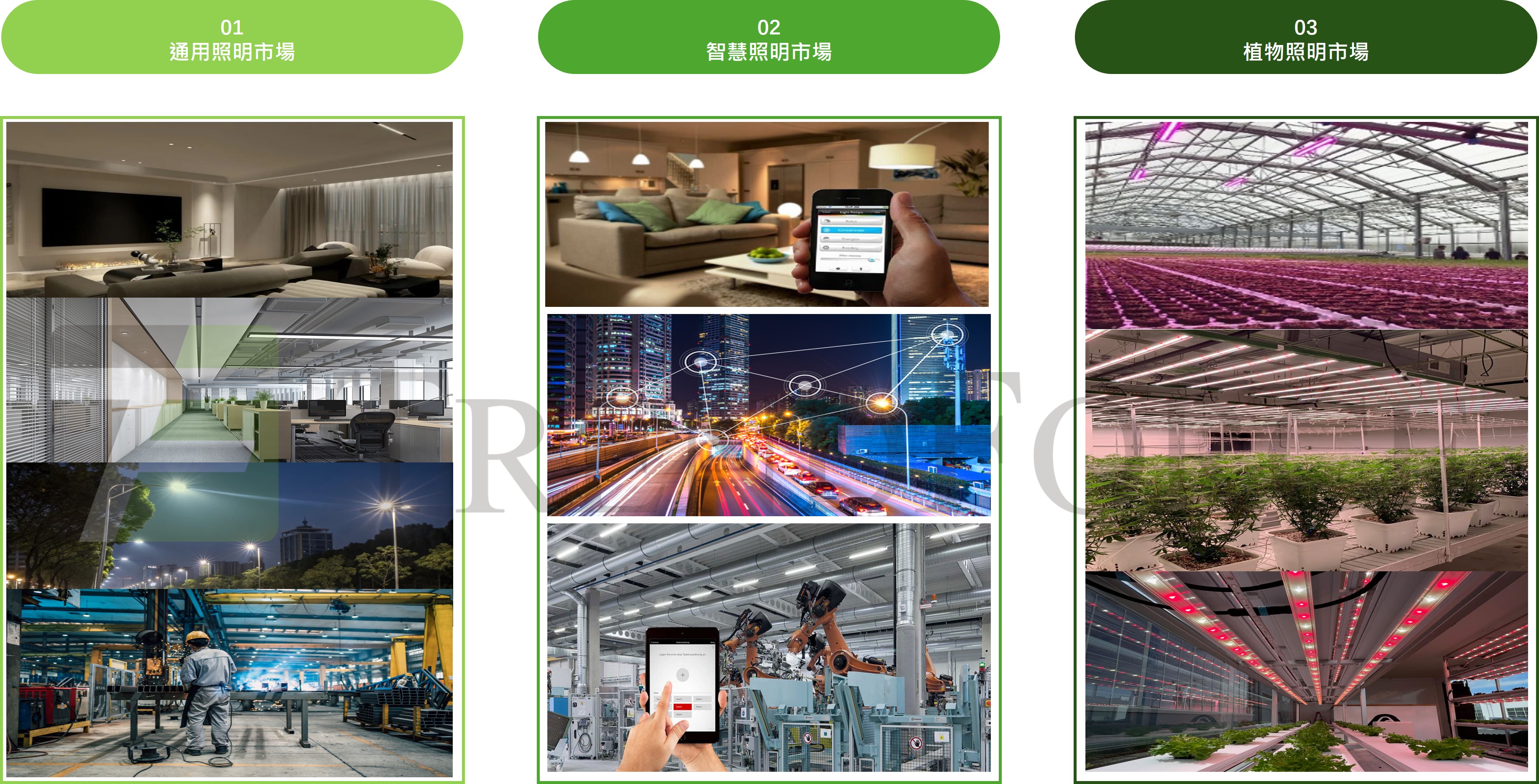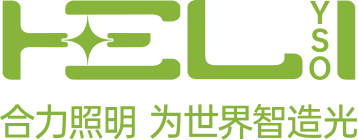China’s lighting industry in 2025 dynamic perspective: sales pressure in the search for innovation breakthroughs
Facing the dual challenges of internal and external markets, China’s lighting industry is undergoing a profound transformation and remodeling.
2025 China’s lighting industry in the “collapse of external demand + domestic demand collapse” under the double pressure of difficult to move forward. The first half of the industry scale of about 275 billion yuan, down 7.7% year-on-year, has been the fourth consecutive year of negative growth.
The industry as a whole shows a clear differentiation: sales of traditional general lighting products are declining, while high-end categories such as intelligent lighting and human factors health lighting are maintaining growth momentum. Enterprises are looking for a way out through innovative technology and product upgrading.
01 General industry overview: shrinking demand and divergence at the same time
In the first half of 2025, China’s lighting industry faced severe challenges. The scale of the lighting industry declined by 7.7% year-on-year, with the rate of decline expanding by 3.2 percentage points compared with the same period last year.
Both internal and external demand market is weak. Lighting exports of about 25.9 billion U.S. dollars, a year-on-year decline of 6.3%; the domestic market is the volume and price of the decline in domestic sales of about 89 billion yuan, a year-on-year decline of 12.8%.
Profitability level of the industry declined significantly. Data show that 64% of the enterprise lighting business revenue decline, 66% of the enterprise gross profit decline, the average gross profit margin of only 26%, down 2.2 percentage points over the same period last year.
The capacity utilization rate is only 54%, far below the 75% manufacturing overcapacity warning line, indicating that the industry is experiencing a period of deep adjustment.

02 Foreign exports: changing patterns in global markets
From January to April 2025, China’s total exports of lighting products amounted to about 16.3 billion U.S. dollars, a year-on-year decline of about 7%. The United States, as the top export market for lighting products in China, exported about 3.4 billion U.S. dollars, a year-on-year decline of 12%.
The structure of exports to the United States, lamps and lanterns products accounted for 73% of the export value of about 2.5 billion U.S. dollars, down 12% year-on-year; electric light source products declined most significantly, exports of about 390 million U.S. dollars, down 16% year-on-year.
Export regions show a trend of diversification. The European Union, as China’s No. 2 export market, saw a 3% year-on-year increase in exports; exports to ASEAN increased by 1%.
Exports from countries along the “Belt and Road” route amounted to about 7.9 billion U.S. dollars, a decline of 5% year-on-year, but the rate of decline is narrowing.
03 Product category performance: traditional decline and emerging growth
General lighting: structural differentiation in the overall decline
The general lighting segment performed poorly in the first half of 2025. 64% of the 87 listed companies saw revenue decline in their lighting-related businesses, with an average decline of 20%.
No main light design market share has reached 40% to 60%, but the value of the customer unit has declined significantly. Such as magnetic light is now the customer unit price compared to last year and the year before, about 60% to 70% discount, consumption downgrade situation is obvious.
At the same time, the main light market rebound trend, especially in provincial capitals and prefecture-level cities. New luxury residential construction data growth, villas, luxury homes used in the main light consumer demand is still very large, and the product basically tends to be intelligent.
Automotive Lighting: New Energy Drives Growth
Unlike general lighting, automotive lighting business in the LED / OLED / laser and other new light source, new energy vehicles and intelligent interconnection technology to support the performance of the general rise.
Intelligent, connected, digital and personalized has become a major trend of development in the field of vehicle lights. Under the trend of domestic substitution, domestic automotive lamp manufacturers are also gradually seizing market share in the original competitive landscape.
However, the field of automotive lighting is equally fierce competition, only 2 of the 11 enterprises gross profit to improve the first half of the average gross profit margin of only 16.7% of the automotive lighting business, much lower than the general lighting segment, and than the same period last year slipped 3.2 percentage points.
LED package and chip: from rise to fall
LED encapsulation plate last year to get a respite after 2025 again from rise to fall. 22 listed companies, 59% of the enterprise LED encapsulation related business revenue decline, the average decline rate of 23.5%.
73% of the encapsulation enterprise gross profit decline, the average gross profit margin of only 12.5%, down 1 percentage point from the same period last year.
LED epitaxial chip plate “BIG6” pattern is still stable, but the downstream demand shrinkage has been transmitted to the upstream. 9 listed companies, 67% of the enterprise LED epitaxial chip related business revenue decline, the average decline rate of 10.7%.
Lighting Engineering: Struggling at a low level
Lighting engineering plate in the first half of 2025 is still in a low struggle. Large-scale lighting projects are rare, urban renewal, cultural tourism night tour, commercial real estate and other projects have become mainstream, project fragmentation customization trend is significant.
16 listed companies, 75% of the enterprise lighting engineering related business revenue decline, the average decline of up to 35%; 63% of the enterprise gross profit decline, the average gross profit margin of 23.7%, compared with the same period last year, a sharp drop of 7.7 percentage points.
04 Innovative products and technologies: the direction of industry breakout
Smart Lighting: Integrating AI and Health Concepts
Intelligent lighting has become an important growth point in the industry, in Sichuan and other areas of the market rising trend is significant, with a growth rate of about 20%.
A company launched the “youth version” of the Tianjing light luxury full-scene intelligent lighting solutions, integration of SDL intelligent spectrum and one-stop intelligent lighting services butler “Designer 3.0”, for young families to provide a healthy, scientific and technological, professional, stylish home experience.
The program consists of five core scenarios: relaxed meeting mode, clear reading and writing mode, romantic French dining mode, immersive movie watching mode and joyful karaoke mode, each of which takes care of family members’ mental state and emotional experience.
Human Factors Lighting: Health and Well-Being as a Core Value
Human Centric Lighting (HCL) has become the key to product premiumization. The VIVAA.free product launched by a German brand combines advanced VTL biorhythm lighting technology with simple and elegant design.
It can automatically adjust the color temperature and brightness over time, from the wake-up light in the early morning to the soothing light in the evening, providing a light environment that conforms to the physiological rhythms of the people in the space.
Age-adaptive technology is another innovative direction. A brand of Lavigo 3.0 can automatically optimize the light according to the user’s age and the use of the scene, to help children and adolescents to maintain vision protection and concentration while studying, but also in the adult office scene to enhance work efficiency.
High-end Recreational Lighting: New Opportunities in Segmented Markets
As the demand for high-end recreation grows, lighting companies have developed product lines for the elderly population.
One brand introduced a pendant light with optional VTL, a wall light for bedside lighting, and a ceiling light optimized for wellness/nursing spaces.
The combination of light color, illuminance and non-glare design is specifically optimized for the visual and mobility safety of seniors, reducing the risk of falls, improving nighttime visibility and enhancing the overall wellness experience.
05 Future trends: intelligence, health and sustainability
Smart Lighting Eco-Connect
Smart lighting is transforming from a single product to an ecosystem. The cooperation between an enterprise and a technology company such as Xiaomi is deepening, and the two sides are realizing further cooperation in smart gateway.
By accessing multiple ecological platforms, smart lighting companies have worked together to create a truly whole-house smart lighting experience, making smart lighting an important part of the smart home.
AI-enabled design services
AI technology is changing the lighting design service model. A company’s “Designer 3.0” brings together global master lighting design wisdom, based on massive case data and SDL wisdom spectrum precipitation.
Users can generate a personalized whole-house customized lighting plan in 10 minutes by simply inputting information about the house type. This innovation greatly reduces the threshold of high-quality lighting design, so that ordinary consumers can also enjoy professional-grade services.

Sustainability and long-life commitment
In the face of environmental and sustainability requirements, lighting companies are focusing more on product life and reliability. A German brand has introduced an industry-leading warranty commitment of up to 20 years to provide customers with a longer cycle of product protection.
This commitment not only reflects confidence in the reliability of the product, but also the brand’s responsibility in product life cycle management and environmental sustainability.
06 Conclusion: finding opportunities in challenges
2025 China’s lighting industry is seeking a breakthrough in a tough market environment. The industry’s competitive landscape has evolved into an increasingly brutal zero-sum game, a situation that is expected to persist for a long time.
Innovative research and development of new technologies and new applications, improve the internal and supply chain system, increase openness to go out and seek reorganization of the warmth of the group, focusing on niche market segments, reconfigure the operating model and the value of the idea will become the future of the lighting company’s way of life.
Intelligent lighting and human health lighting are becoming an important direction for industry upgrading. As young consumers’ demand for quality life grows, lighting solutions that integrate AI technology, health concepts and personalized design will lead the industry’s transition to high-quality development.
In the next five years, China’s lighting industry will experience a deep adjustment and gradually mature, with technical strength, brand value and market sensitivity of the enterprise will stand out in this round of reshuffle.

